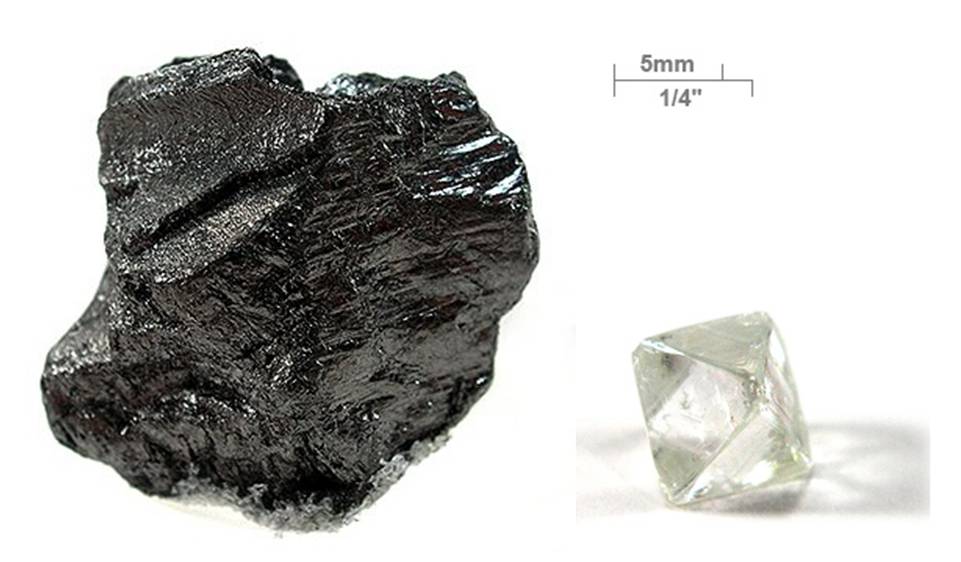The exact date of the discovery of carbon cannot be ascertained. However, it is not difficult to find out when carbon was identified as a simple substance. Let us direct our attention to "The Table of Simple Bodies" compiled by A. Lavoisier and published in 1789. Carbon appears as a simple substance in it. However, the time that carbon needed to occupy its place in the Table is measured not by years and even not by centuries but by millenia. Man had met carbon even before he could make fire—in the form of woods burnt by lightning. After man had learnt how to start a fire, carbon became his constant "companion".
 |
Antoine-Laurent de Lavoisier |
Carbon played an important role in the progress of the phlogistic theory. According to this theory carbon was not a simple substance but pure phlogiston. By studying combustion of coal and other compounds, A. Lavoisier was the first to show that carbon is a simple substance. Here we are going to digress a little from the story about how carbon found its identity.
In nature carbon occurs in two allotropic modifications— diamond and graphite, both known to man for a long time. The fact that diamond burns without a residue at very high temperatures was also known long ago. Nevertheless, diamond and graphite were believed to be two quite different substances. The discovery of carbon dioxide was an event which helped to establish that diamond and graphite are modifications of the same substance. After experimenting with the burning of diamond and charcoal, A. Lavoisier established that upon combustion both substances yield carbon dioxide. This prompted the conclusion that diamond and coal have the same origin. The name "carboneum" (carbon) appeared for the first time in the book "Methods of Chemical Nomenclature" (A. Lavoisier, L. Guyton de Morveau, C. Berthollet, and A. Fourcroy) in 1787.
 |
| Graphite (left) and diamond (right), two allotropes of carbon |
A parallel can be drawn between the element itself, known from time immemorial, and its Latin name whose root originates from Sanscrit, one of the oldest known languages. In Sanscrit "era" means "to boil". The name "carbon" was suggested in 1824.
In 1797 S. Tennant discovered that combustion of equal amounts of diamond and graphite liberates equal amounts of carbon dioxide; in 1799 L. Guyton de Morveau confirmed that carbon is the only constituent of diamond, graphite, and coke. Twenty years later he succeeded in transforming diamond into graphite and then into carbon dioxide by careful heating. But the reverse transformation of graphite into diamond was beyond the power of the science of the 18th and 19th centuries. It was only in 1955 that a group of English scientists obtained artificial diamonds for the first time in the world's history. Synthesis was performed at 3 000°C under a pressure exceeding 109 Pa.
Soon after the synthesis of diamond Soviet scientists prepared a new substance, carbine, which, as has since been proved, is a new, third allotropic modification of carbon. The carbon atoms in it comprise long chains. This, substance resembles soot.
The study of carbon and its compounds laid the foundation of a vast field of chemistry—organic chemistry.
No comments:
Post a Comment